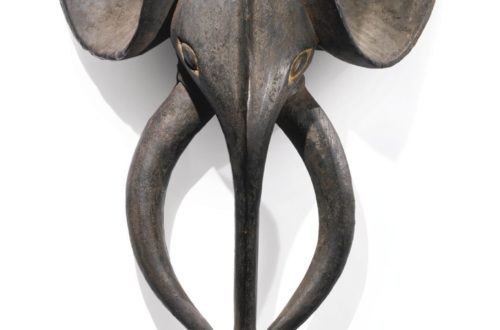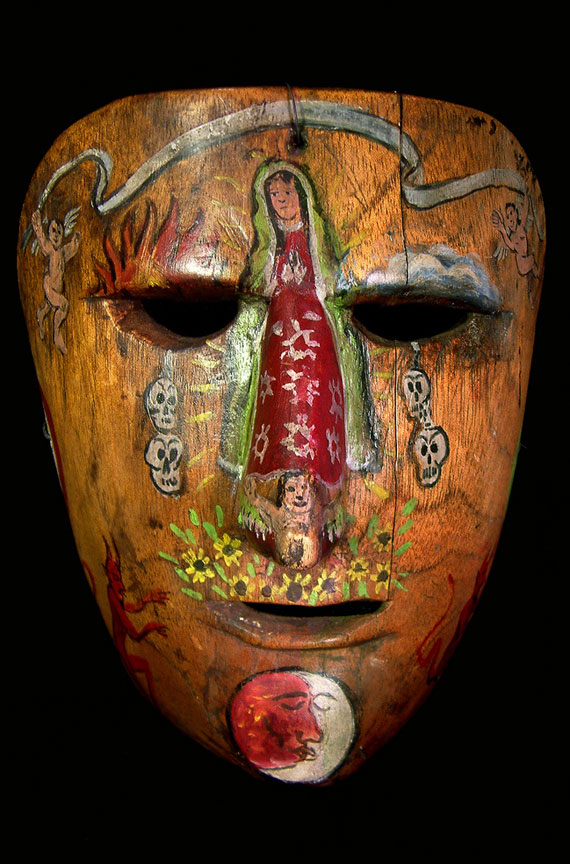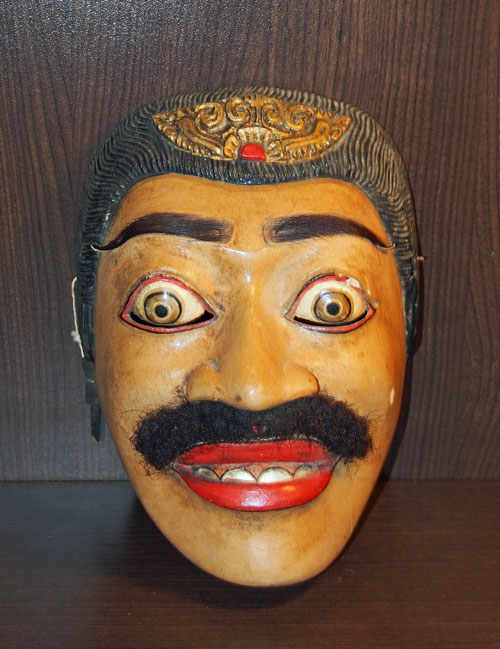Collecting masks can be an incredibly rewarding experience, offering a glimpse into various cultures and artistic traditions. However, it’s easy to make mistakes, especially for those new to this fascinating world. Let’s explore some common errors collectors make and how to avoid them, ensuring your collection is both authentic and valuable.
1. Buying Fake Masks
One of the biggest pitfalls is purchasing masks that are not authentic. Replicas and fakes are common, particularly in markets where demand is high. It’s crucial to research and buy from reputable dealers. Look for certificates of authenticity and don’t be afraid to ask detailed questions about the mask’s provenance.
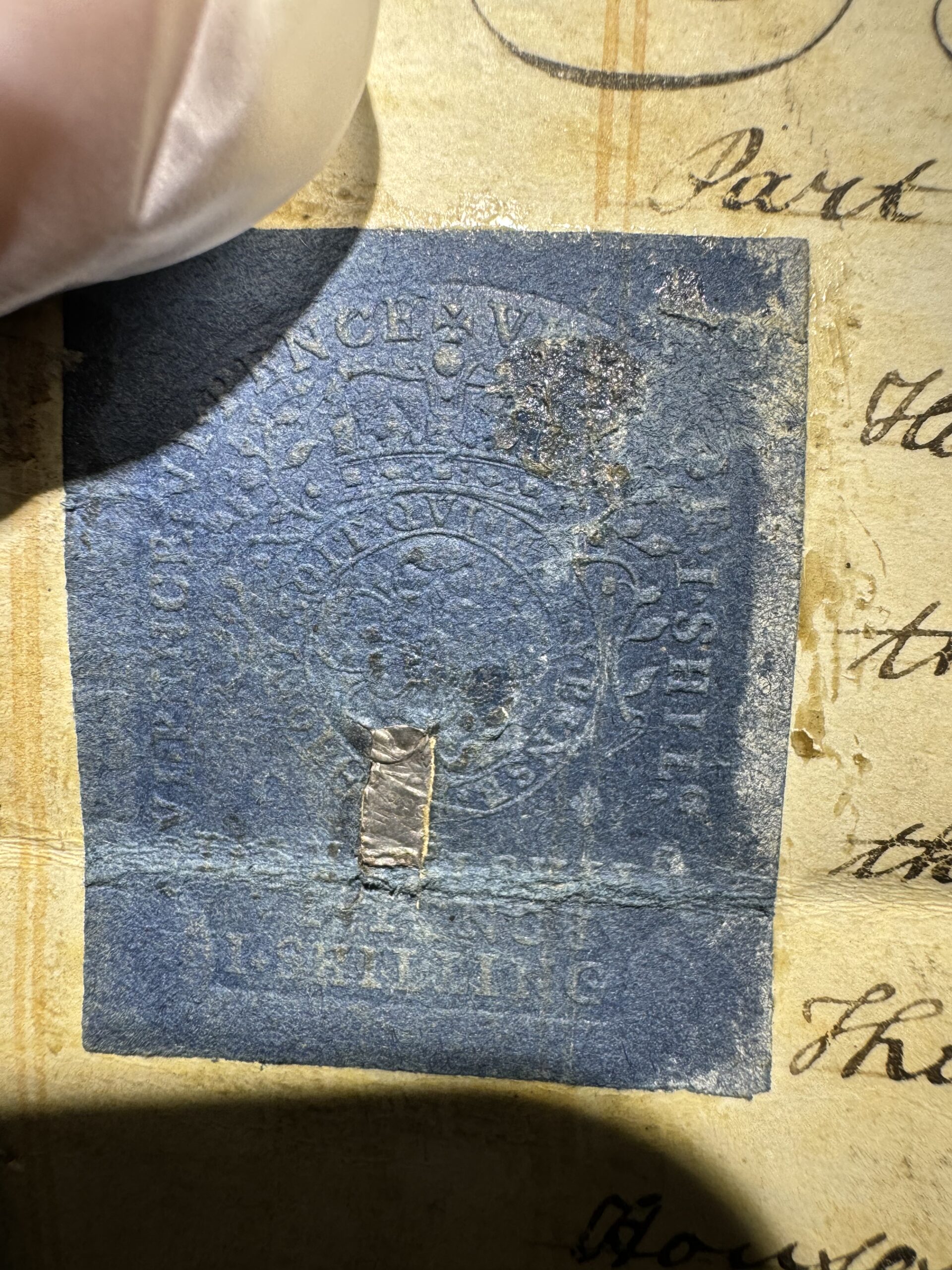 2. Not Researching the Origin
2. Not Researching the Origin
Understanding the origin of a mask is essential. Each mask has a unique history and cultural significance that adds to its value. Without proper research, you might miss out on important details that make the piece special.
3. Ignoring the History Behind Each Mask
Every mask tells a story, and knowing this history enriches your experience as a collector. Research the cultural and historical context of your masks to understand their true significance.
A mask used in traditional ceremonies carries different weight and meaning compared to a decorative piece made for tourists. This knowledge not only makes your collection more interesting but also more valuable.
4. Failing to Identify Authentic Materials
Knowing the materials used in making a mask can help identify its authenticity. Different cultures use specific materials, and understanding these can prevent you from buying fakes.
African masks often use wood, beads, and fabric, while others might use metals or ceramics. Familiarize yourself with these materials to spot inconsistencies and fakes.
5. Not Setting a Clear Budget
It’s easy to get carried away and overspend. Setting a budget helps you make informed decisions and prioritize which masks to add to your collection.
6. Buying Without Verifying Authenticity
Always verify the authenticity of a mask before purchasing. Ask for documentation and consult experts if necessary.
Before purchasing a rare mask, I contacted several experts to verify its authenticity. Their insights were invaluable, ensuring I made a sound investment.
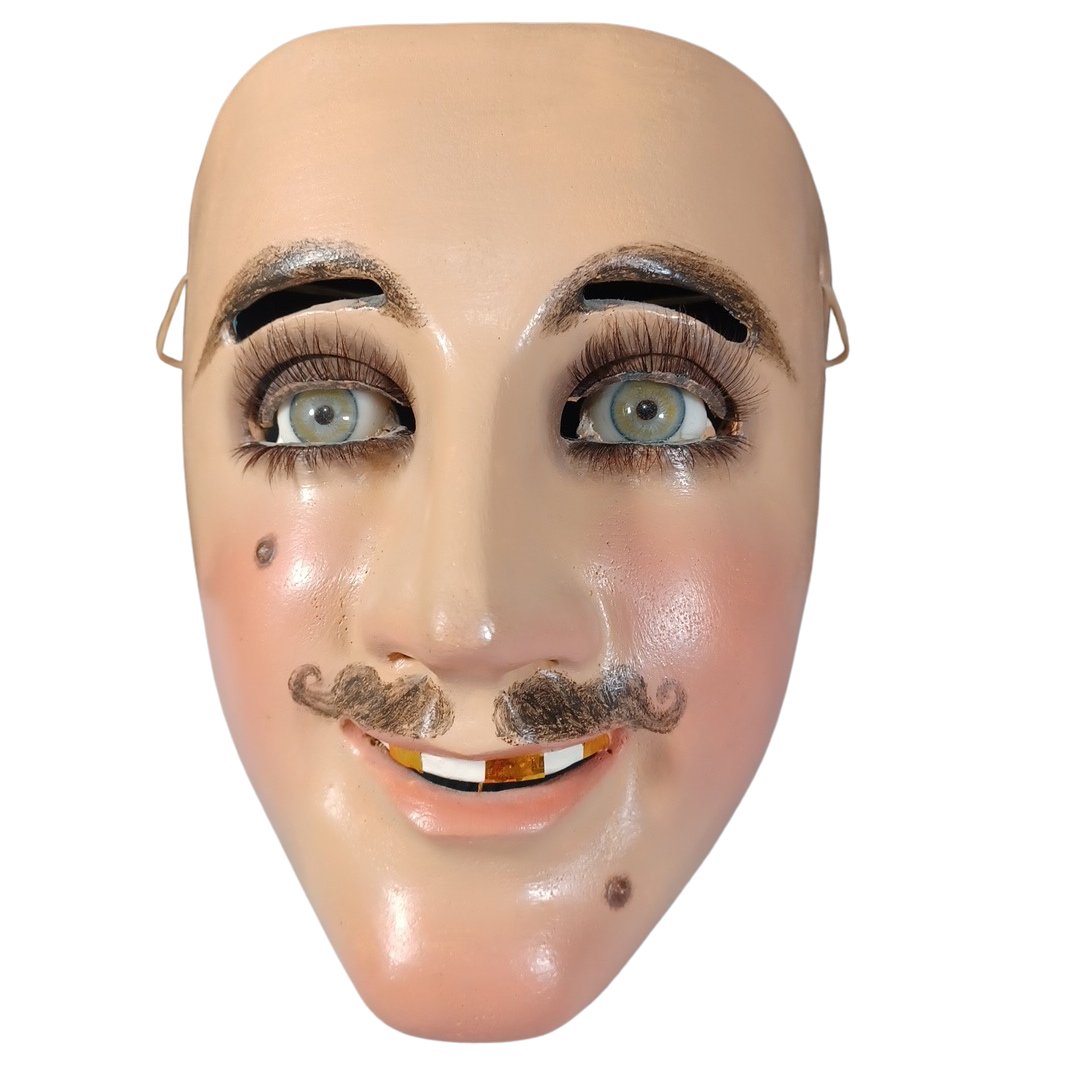 7. Ignoring Cultural Provenance
7. Ignoring Cultural Provenance
The cultural provenance of a mask adds to its story and value. Ignoring this aspect can lead to a less meaningful collection.
A mask with a well-documented history and clear cultural ties is more valuable and interesting than one with unknown origins. Always seek out this information.
8. Not Consulting Experts
Experts can provide invaluable insights and help you avoid costly mistakes. Don’t hesitate to reach out to them for advice and verification.
As a passionate, I’ve learned that attention to detail and thorough research are key to building a meaningful collection. Every mask in a collection has a story, a history that I’ve taken the time to understand. Avoiding common mistakes when buying masks is crucial to building an authentic and valuable collection. By taking the time to research, verify authenticity, and properly care for your masks, you ensure that your collection is not only beautiful but also meaningful. Happy collecting!

